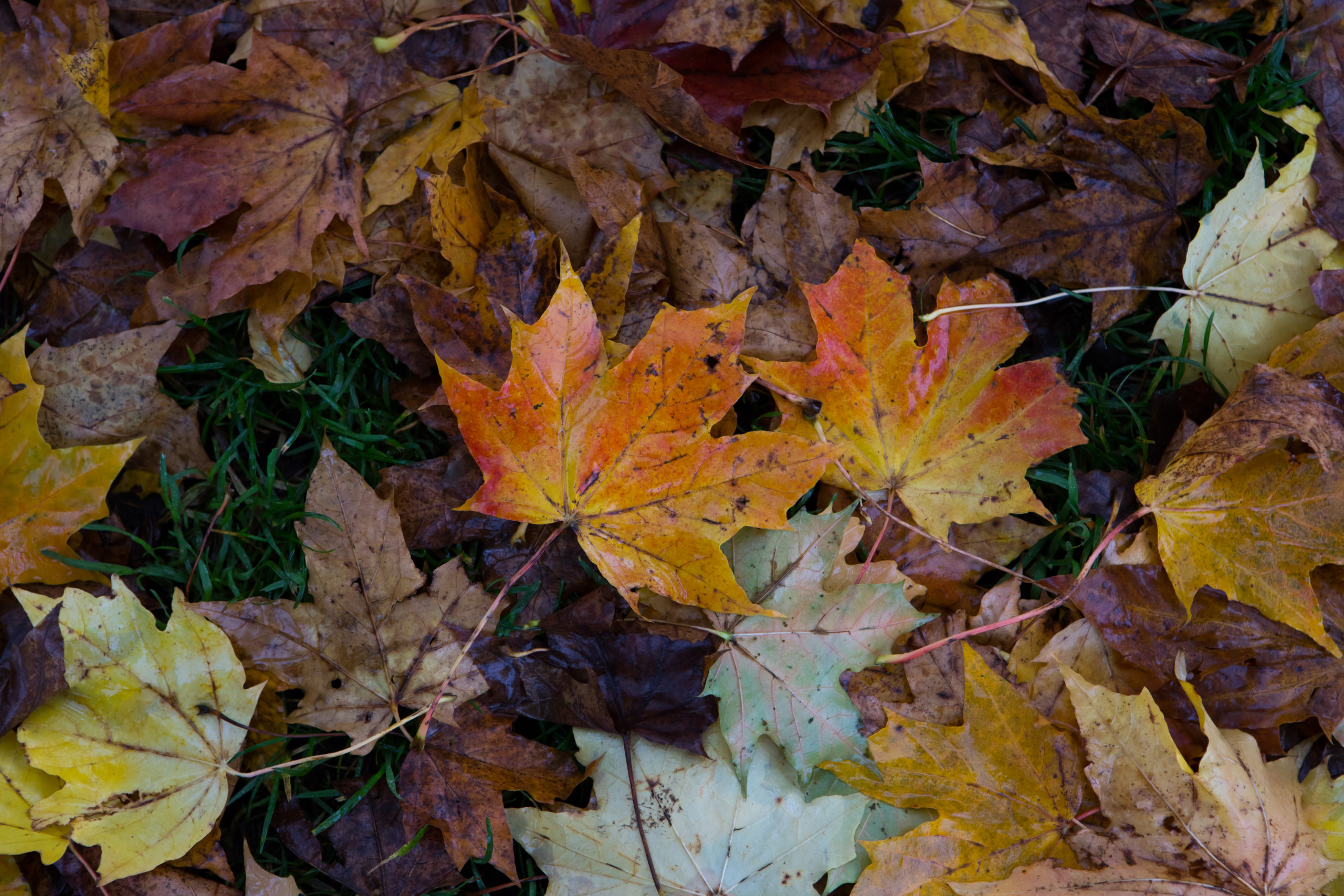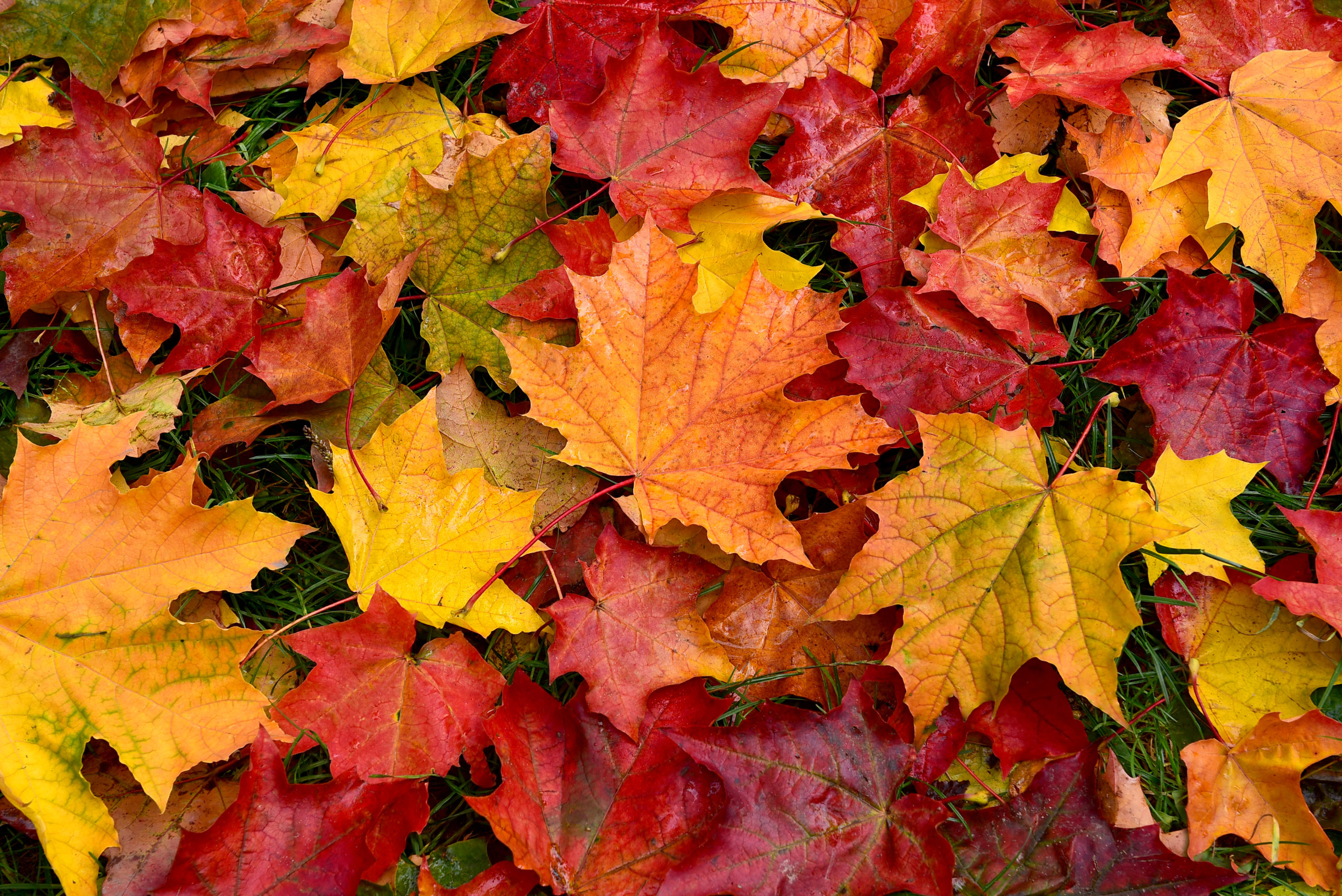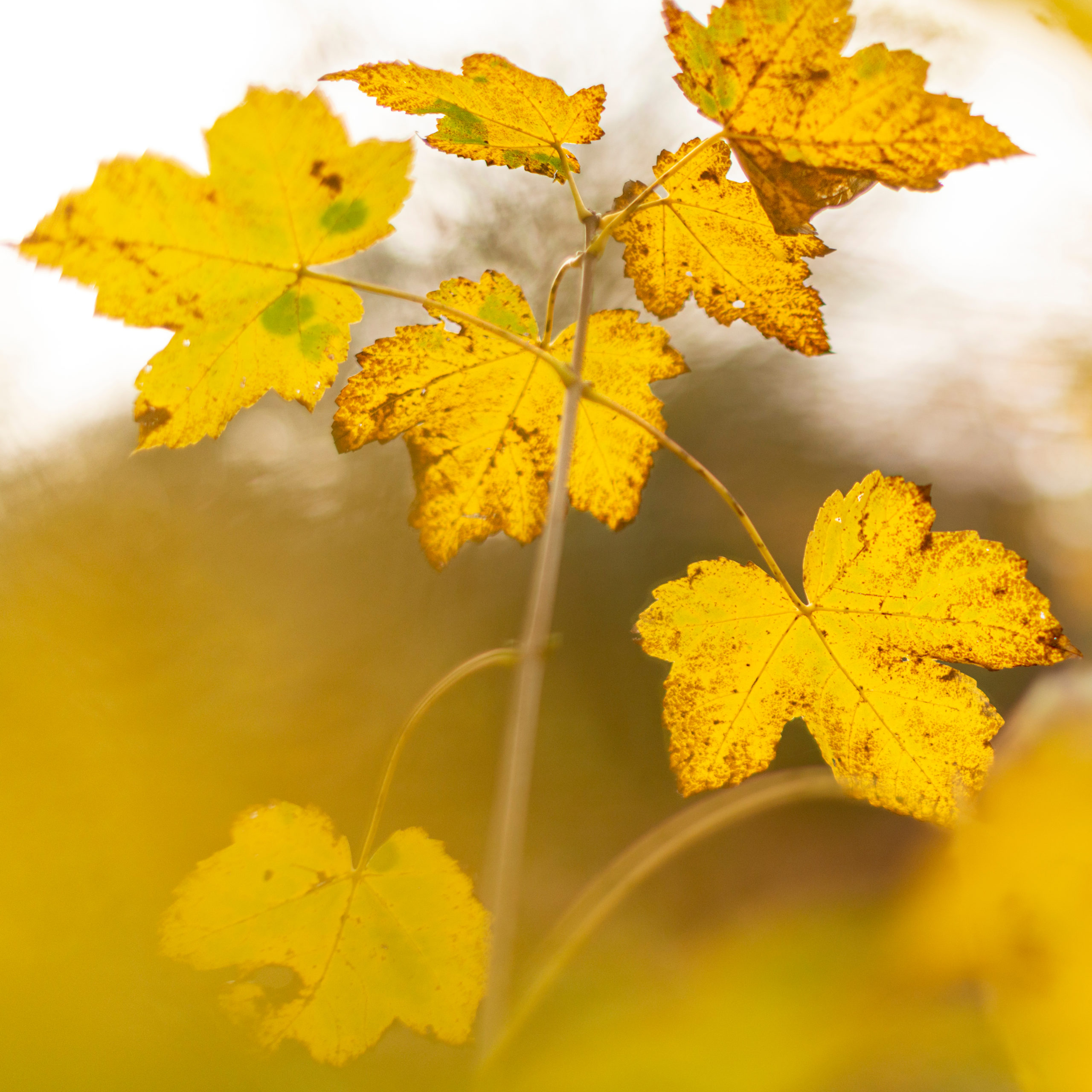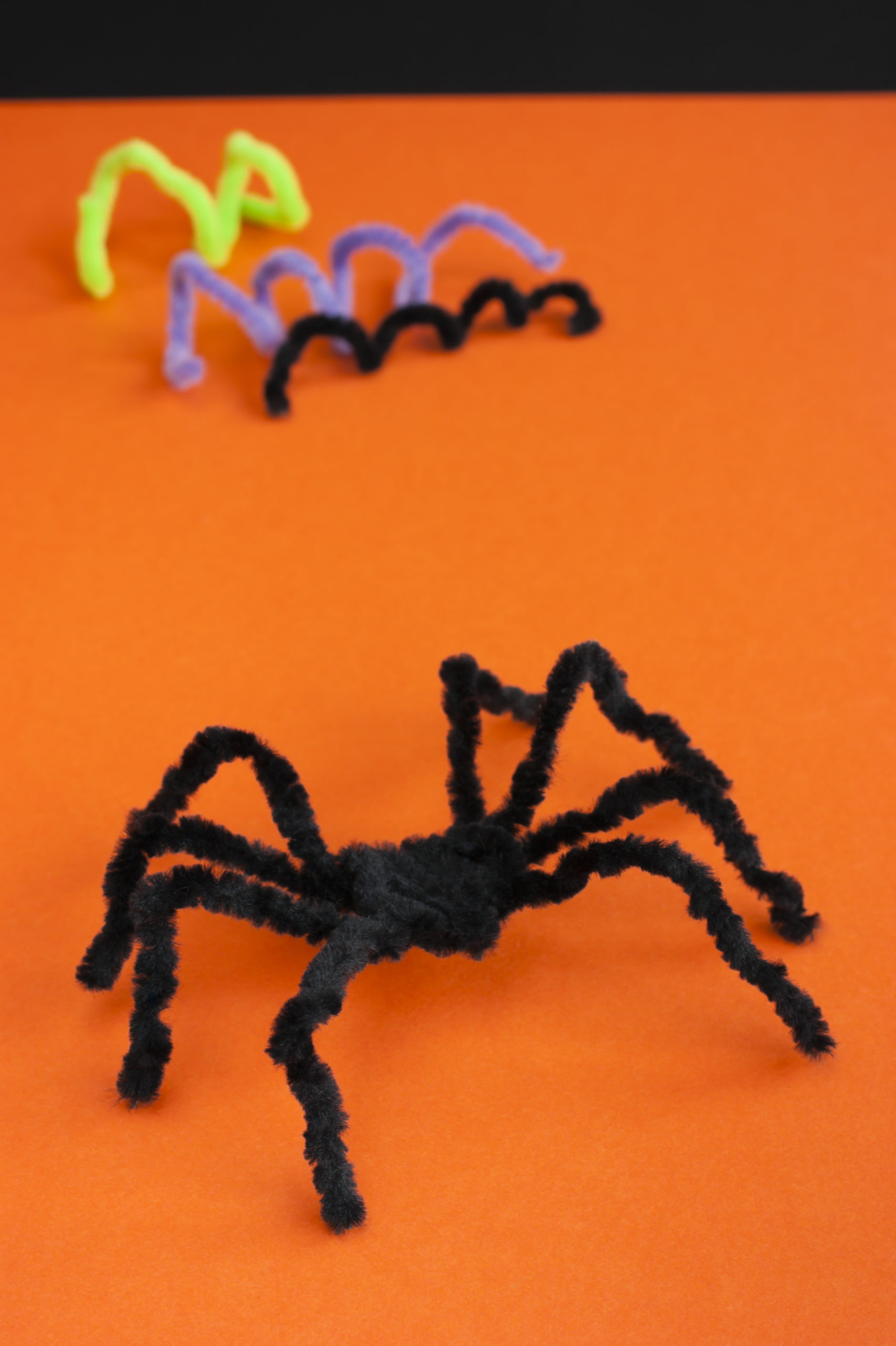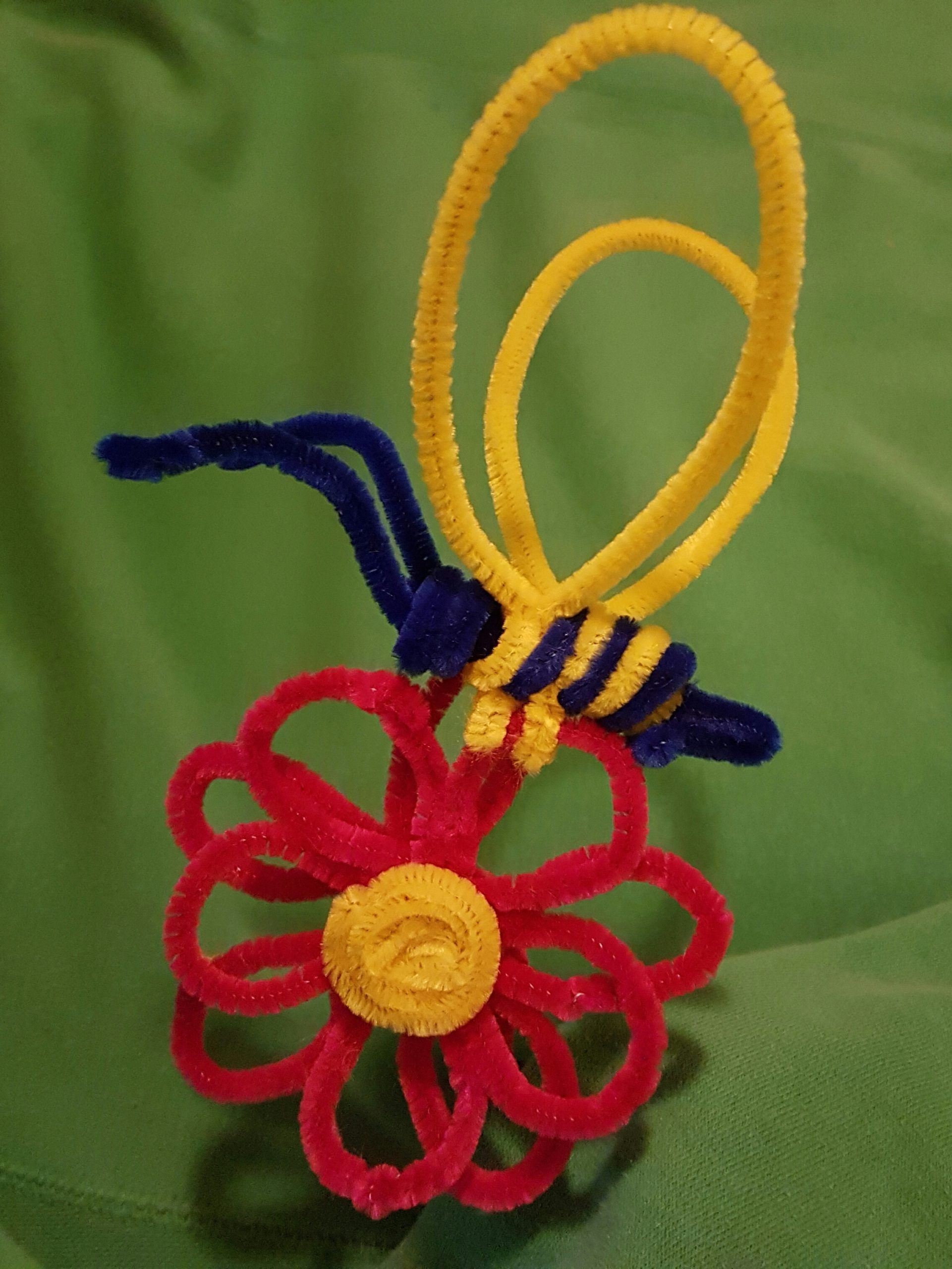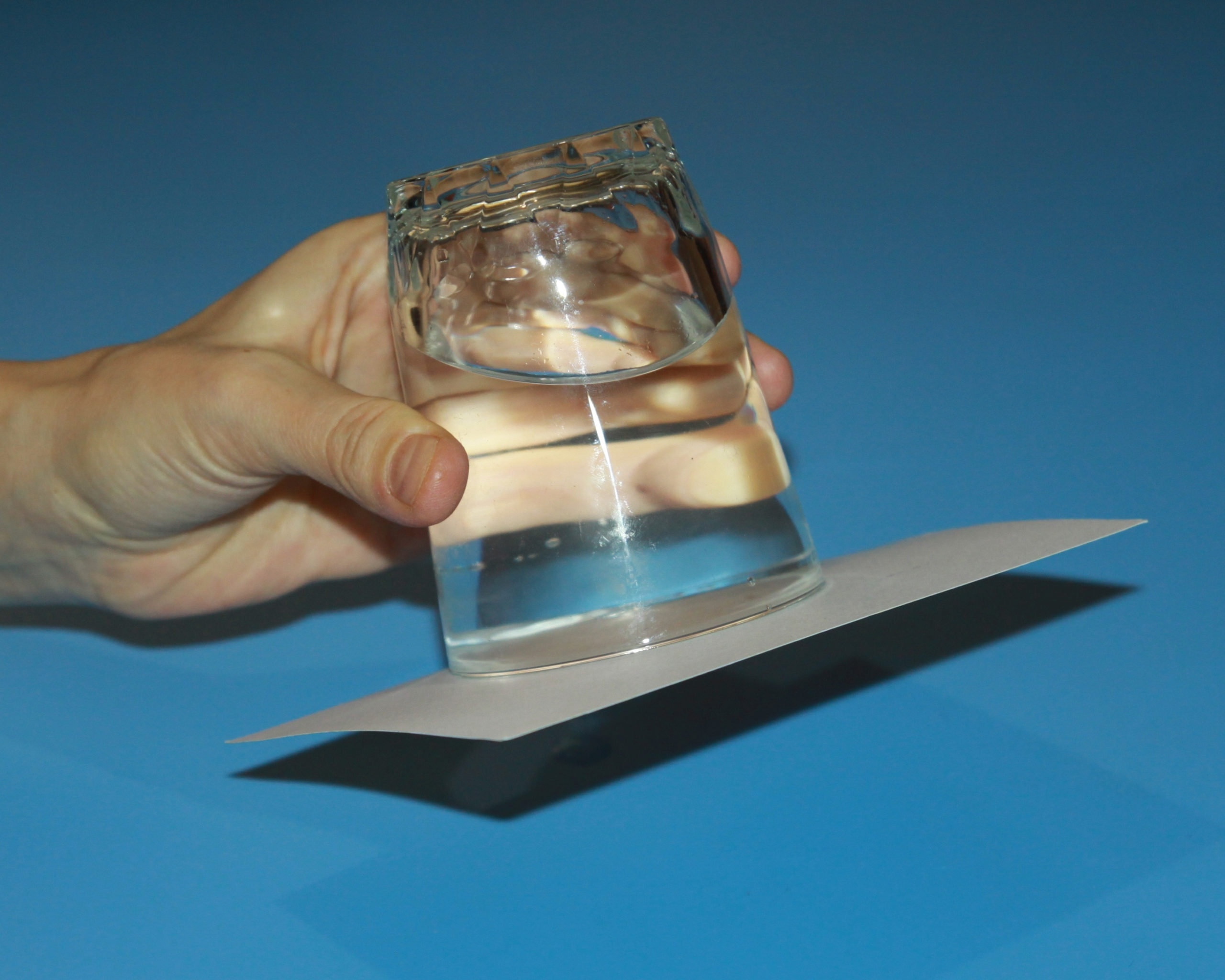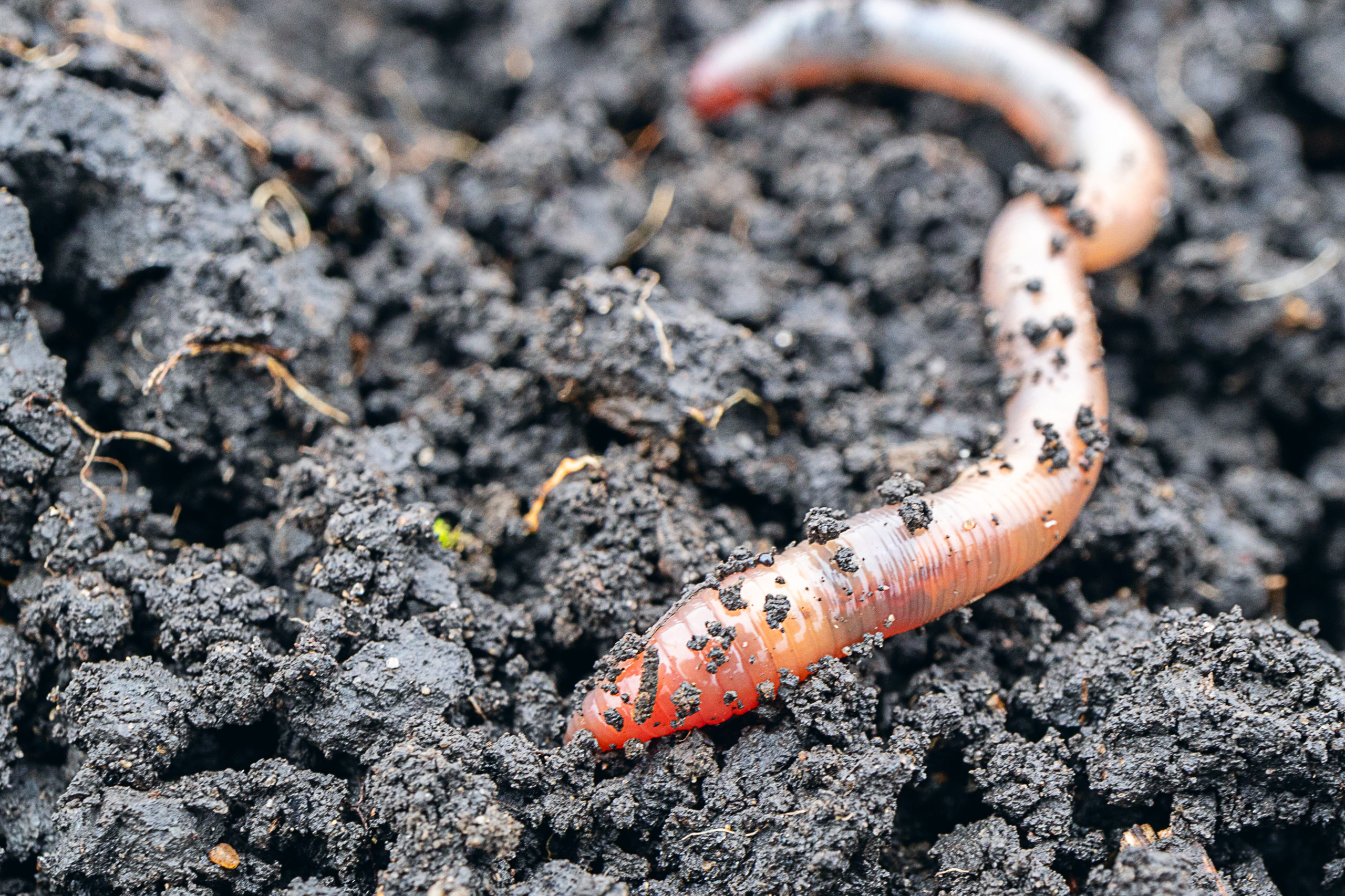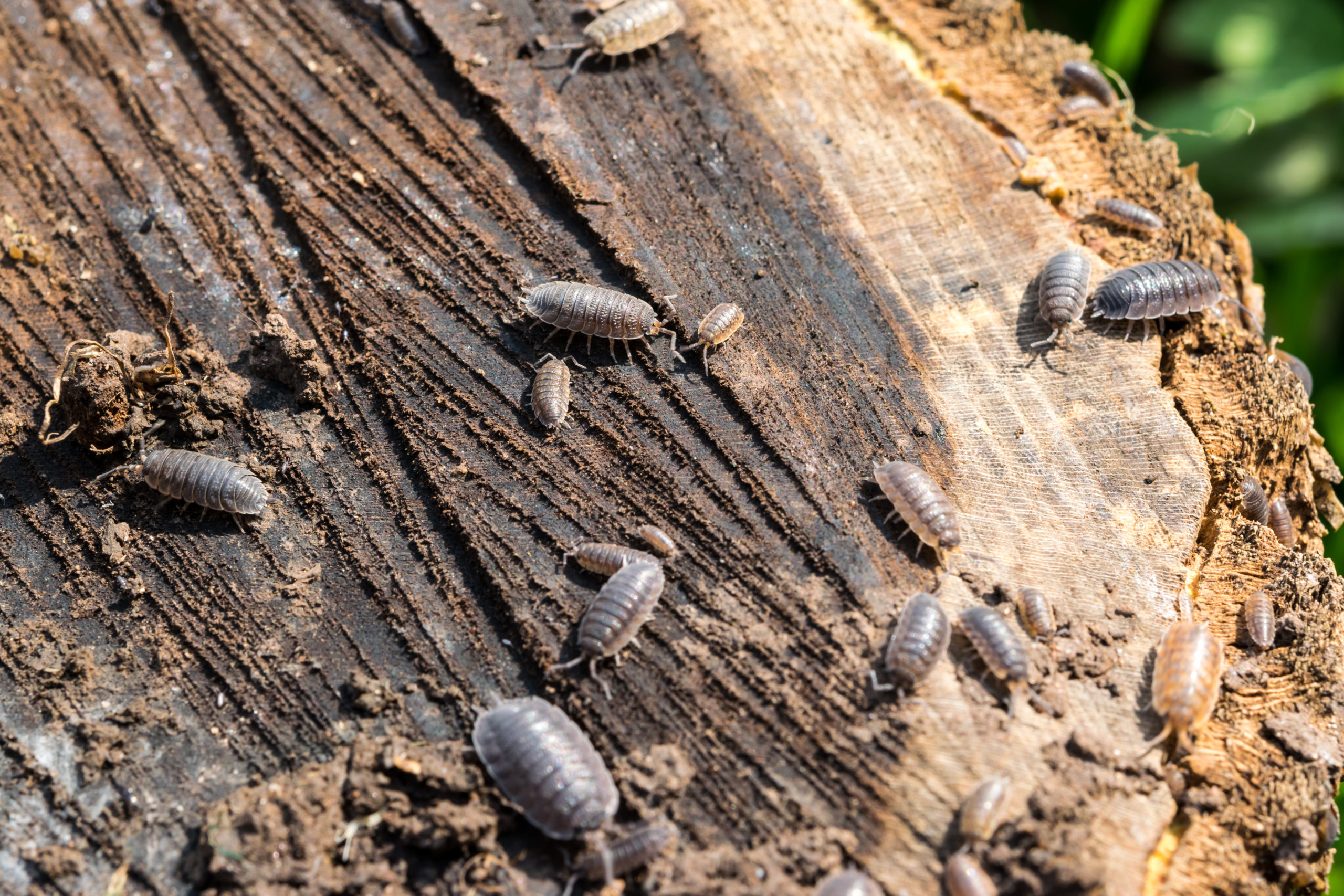Insects, spiders, flies, butterflies and more! You can make all kinds of insects and creepy crawlies with pipe cleaners, including:
Flies – 6 legs and 2 wings that fold down the back of the body make flies easy to recognise. They have a bad reputation for carrying germs, but they are an important part of our ecosystem. Maggots (fly larvae) in particular are very important for decomposition, by breaking down decaying matter and releasing nutrients back into the soil.
Dragonflies – As an insect, dragonflies also have 6 legs and 2 wings – just like regular flies. Unlike flies, dragonfly wings are always outstretched and cannot be folded behind the body, and they have much longer tails. Dragonflies were one of the first types of insect to evolve and have been around for over 300 million years – before even the dinosaurs! They are actually aquatic insects, laying their eggs underwater where they live as nymphs until they emerge in their adult forms.
Praying Mantis – These fearsome predators stand on their middle and back pairs of legs, with the front pair modified into spiked grasping tools. Although they can’t fly, they still have very small vestigial (meaning they don’t actually work as wings, but are left over after evolution) wings folded down their back. Mantises use leaf-like camouflage to hunt their prey.
Butterflies – Butterflies have small bodies and big beautiful wings. They are important pollinators who flit from flower to flower, drinking nectar and passing pollen around. They drink nectar through a special mouthpiece called a proboscis. The proboscis is incredibly long, allowing butterflies to reach nectar deep inside flowers. When the proboscis isn’t needed, the mouthpiece simply rolls up out of the way.
Centipedes/Millipedes – A long body with plenty of legs makes perfect centipedes and millipedes. Centipedes have fewer legs (tens) than millipedes (hundreds) but that isn’t the only difference. Centipedes are predators who hunt other insects for food, whereas millipedes are detritivores that eat dead and decaying plant matter. Neither of them are actually insects, though, instead falling into the group Myriapoda – meaning ‘many legs’.
Spiders – Spiders are arachnids which means they have 8 legs and no antennae or wings. All spiders are predators, but they differ between each other in how they find and catch prey. Some use the silk they produce to make webs, where they wait for unsuspecting prey to get stuck. Other spiders are active hunters who go out and find prey. Sometimes they simply chase down their prey, but other species use their silk in incredible ways – there’s even a species that use their silk as a lasso!





